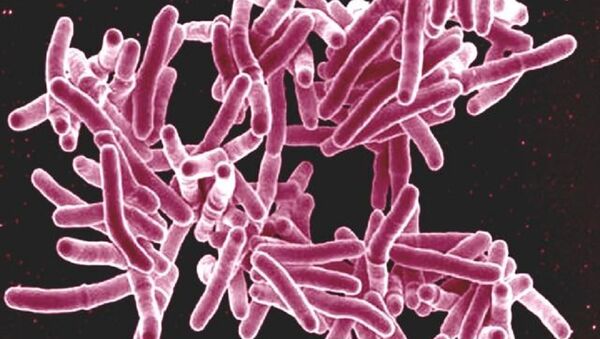The material which incorporates platinum and iron nanoparticles can destroy up to 98% of bacteria within 12 hours of implantation. The findings were published in Applied Materials & Interfaces magazine.
Bacterial infections occur in 1-4% of cases after a planned surgical intervention involving implants; in compound fractures, the likelihood of their occurrence reaches 30%. If an infection occurs, reintervention is often required. In milder cases, antibiotic therapy is carried out; during the treatment, the patient's body is subjected to tremendous stress. In addition, pathogenic bacteria very quickly develop resistance to antibiotics, and many people suffer from severe allergies to antibiotics.
NUST MISiS scientists and their colleagues have developed a new implant material with metal nanoparticles, which effectively inhibit the growth and spread of pathogenic bacteria without any inhibitory effect on lymphocytes or cells of the immune system.
"We have implanted platinum and iron ions into a matrix, which is a TiCaPCON (titanium-calcium-phosphorus-carbon-oxygen-nitrogen) biocompatible ceramic coating. As a result, metal nanoparticles several nanometers in size form on the coating's surface. A potential difference of about 60 mV occurs between the nanoparticles and the ceramic matrix. When in contact with the surface of the material, the bacterial membrane may be destroyed", Viktor Ponomarev, the lead author of the study and graduate student at the Department of Powder Metallurgy and Functional Coatings at NUST MISiS, said.
Besides, when the coated implant is sterilized using ultraviolet radiation, a large number of free radicals are generated, which likewise lead to the death of bacteria.
According to the authors of the study, at the test stage, the developed material destroyed 98% of bacteria in 8-12 hours, including Staphylococcus Aureus, Epidermal Staphylococcus Aureus, Escherichia Coli, and Klebsiella Pneumoniae. The scientists are currently considering tests of the obtained samples in vivo. Another promising application for the newly developed material may be the creation of water filters.

